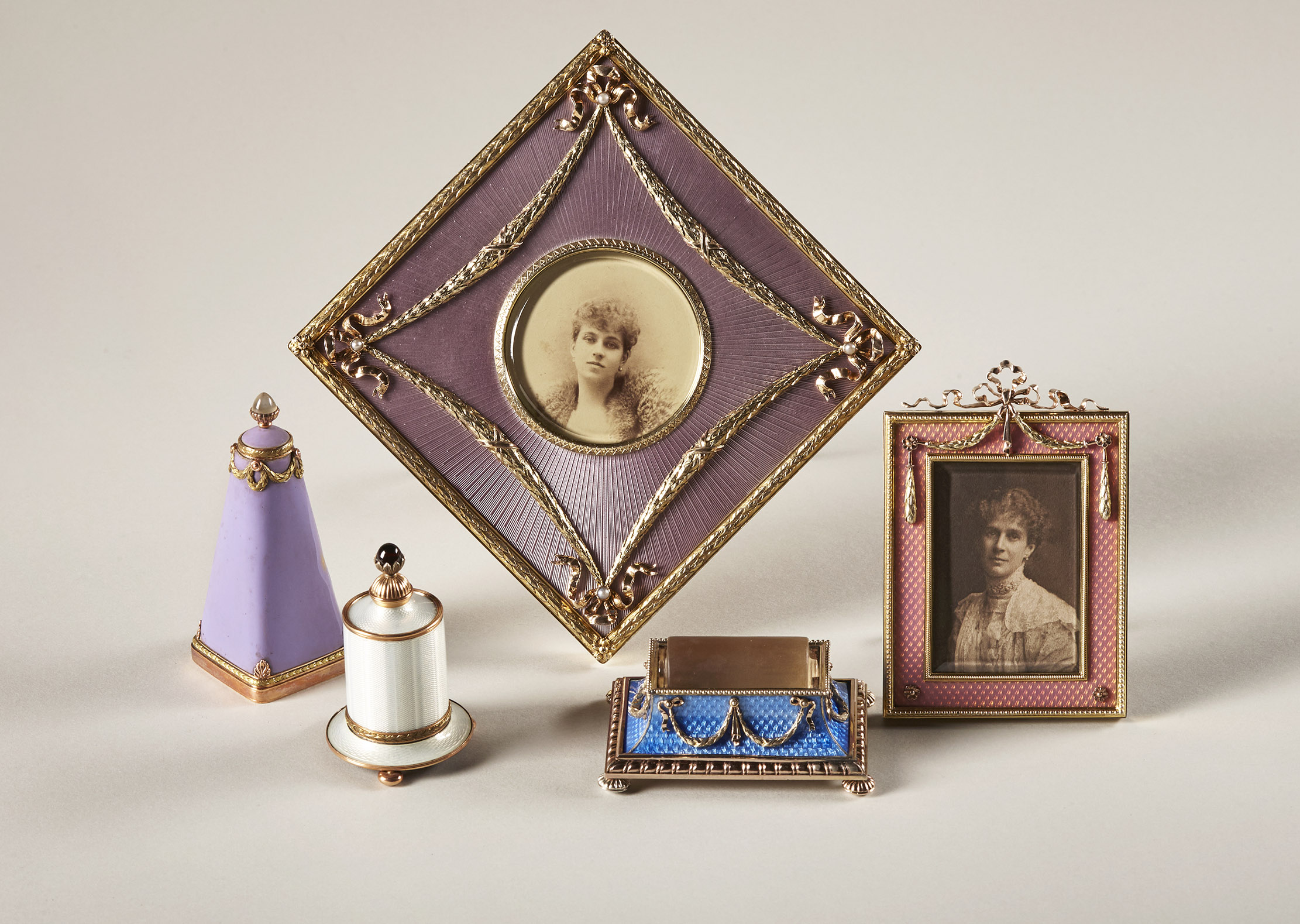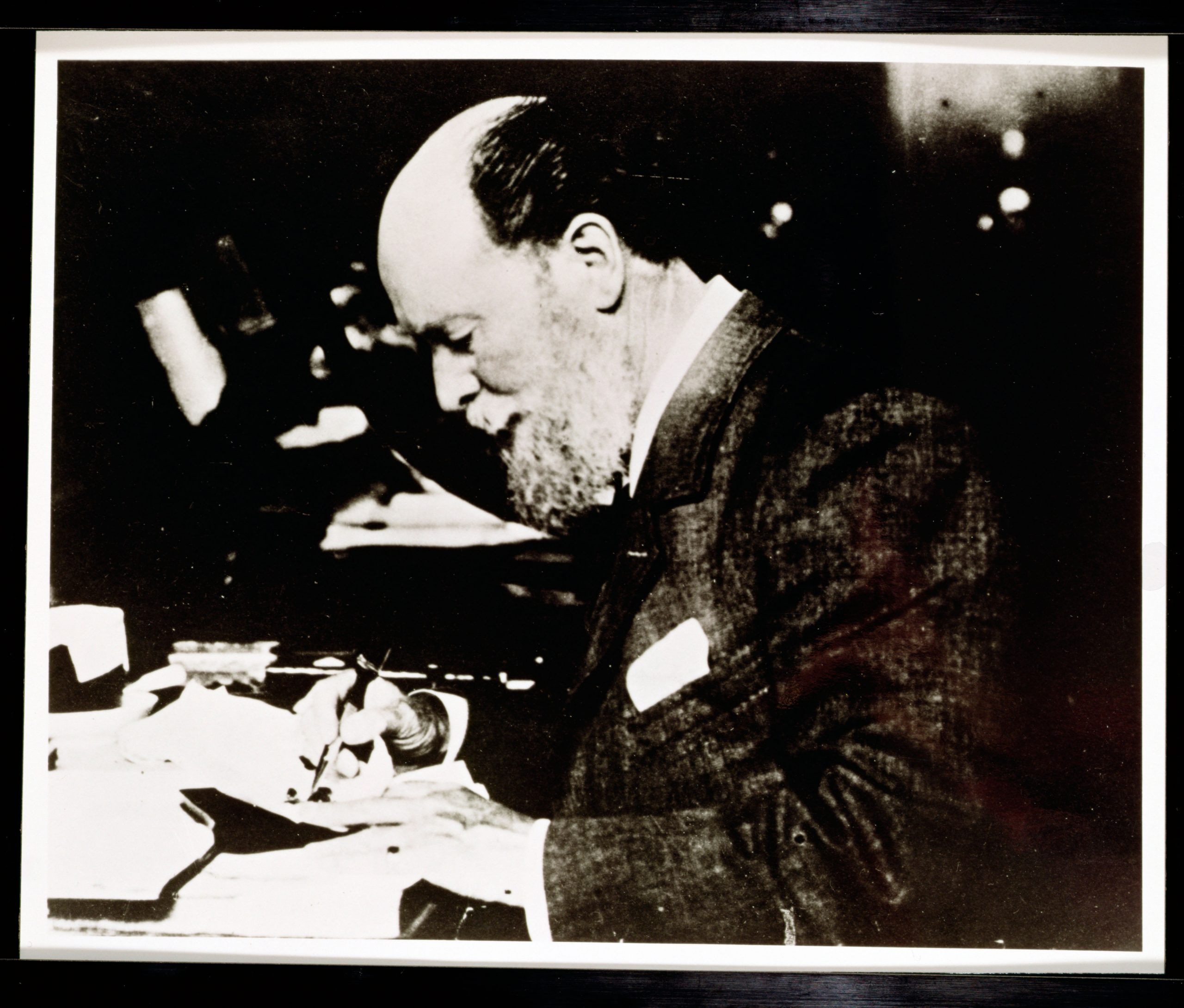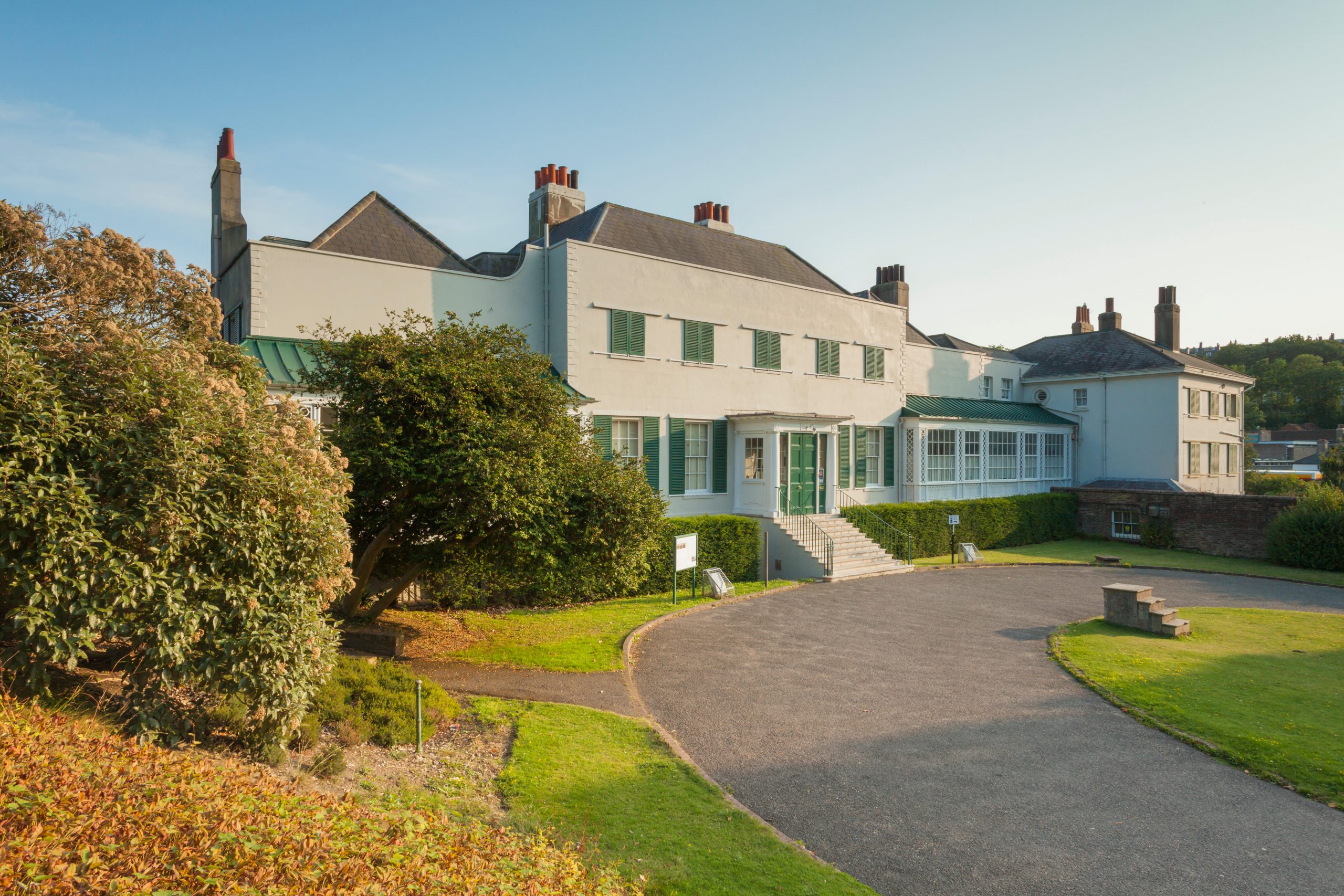In Focus: The forgotten masterpieces of Fabergé, unearthed in a museum cabinet in Brighton
A chance glimpse of purple and gold in a crowded cabinet led to an extraordinary discovery by Geoffrey Munn: a lost cache of of pieces by the Russian Imperial jeweller, Carl Fabergé. That was just the start of a mystery, as he explains.


Imagine precious metals, translucent enamels and coloured gemstones, brought together by a master goldsmith with breathtaking precision, and you have the very essence of Fabergé. This, however, is only part of its unique magic. The remainder derives from the splendour and romance of the imperial Russian court and a feudal regime that survived well into the 20th century, into the age of the motorcar and the telephone.
The Russian Revolution of 1917 and its tragic consequences for the Romanov dynasty brought Carl Fabergé’s business to an abrupt end, but this was also the start of a perpetually beguiling era of collecting and scholarly research. Even before and certainly since the Russian Revolution of 1917, Fabergé’s work has been a failsafe attraction at the many exhibitions organised under the firm’s name and record-breaking queues have always been the norm. No comparable firm of goldsmiths and jewellers has been subject to the same level of historical scrutiny, inspiring more than 2,000 separate publications — my present offering is the latest contribution to Fabergé’s apparently limitless fame.
The late director of the British Museum, Sir John Pope-Hennessy (1913–94), once said that there is no relationship between work of art and its value, but there is usually a consensus and, consequently, the very name Fabergé has become a byword for dizzy valuations — some of which have been made by me. The most public of them all was broadcast on an episode of the Antiques Roadshow in 2018, when I confidently valued a uniquely important Fabergé flower study at £1 million.
Bearing all this in mind, one might easily imagine that the best of Fabergé’s work has been flushed out by fame, if not by fortune… but no. What follows is the story of my latest, entirely serendipitous and hugely exciting discovery.
Last year, during a routine visit to the storerooms of the Royal Pavilion and Museums Trust in Brighton, East Sussex, I passed a cabinet crowded with the reserve collection of English porcelain. By sheer chance, my eye was drawn to the smallest corner of what appeared to be a purple enamel frame, the best part of it completely obscured by conservation tissue paper.
The sight of it gave me quite a jolt. Could this be the extremity of a previously unrecorded Fabergé frame or was it simply a worthless pastiche? Yet, as soon as the cabinet was opened and the paper lifted, my hunch was confirmed by the entirety of an important, gold-mounted Fabergé photograph frame in translucent, purple enamel — important enough to imply some sort of royal, if not imperial provenance.
Next to it was another, smaller, but equally beautiful example in rose pompadour enamel. Furthermore, this splendid little cache of Fabergé included two enamelled gum pots, one with moonstone finial, the other with a garnet. There was also a faintly preposterous objet de luxe in the form of a stamp damper, complete with a rock-crystal roller.
Sign up for the Country Life Newsletter
Exquisite houses, the beauty of Nature, and how to get the most from your life, straight to your inbox.
The delicate pastel colours of these lovely things were completely obscured by thick accretions of tobacco smoke, lamp soot and sebum and they looked sad and drear. Despite this, I knew immediately that their condition was sound and that a dramatic restoration might easily be achieved with little more than a good wash. Safely behind glass, protected from all this surface grime, were photographs of two women, whose furs, expensive lace, diamonds and pearls implied they were part of the elite that patronised Fabergé in Moscow, St Petersburg and London.

In the world of Fabergé scholarship, considered by some to be over-researched and even exhausted, this was quite a discovery. Yet what I found that day also begged the question of what was lost: namely, the provenance of the collection and, in particular, the identity of the sitters.
Long ago, I learned that, in the process of research, it isn’t so much what you know, but knowing the right person to ask. Happily, the majority of specialists in European royalty subscribe to social media and successfully use it to help with questions of identity. Encouraged by their work, I posted the photographs from both frames and received a mixed response. Few had any idea about the woman in the pink frame, but several suggested that the other, rather more imposing image was Queen Victoria’s great-granddaughter Princess Alice of Battenberg (1885–1969), mother of The Duke of Edinburgh and mother-in-law of The Queen. Although some deferred judgement, this identification was endorsed by a pair of pearl earrings worn for the photograph, which seemed to match those shown in a later image of Princess Alice.
This was all well and good, but firm external evidence was required to clinch the identification. The Brighton Museum’s acquisition registers ought to have given the provenance of the collection, but, after a truly exhausting search through thousands of entries, there was no mention of the Fabergé pieces or how they got there. Martin Pel, the museum’s curator of fashion and textiles, made the inspired suggestion that it might have been transferred from nearby Preston Manor. Research by the venue officer, Paula Wrightson, confirmed that the sequence of the manor’s inventory numbers endorsed Mr Pel’s suggestion that they had once belonged at this small, but distinguished house, only two miles north of Brighton’s centre.
Preston Manor may be modest in scale, but it has an illustrious history: the cream of Society, including artists and royalty, had stayed there. At the turn of the century, the manor belonged to Ellen Thomas-Stanford (1848–1932), a wealthy heiress and personal friend of Princess Beatrice (1857–1944), daughter of Queen Victoria. Indeed, Princess Beatrice was a regular guest at Preston Manor. Her presence there gave weight to the proposal that these Fabergé objects were gifts to her hostess, Lady Thomas-Stanford.

The plot was soon to be thickened by Mrs Wrightson, who informed me that Lady Thomas-Stanford had her own connections with Russia. Her stepson Henry Vere Benett (1863–1931), known as ‘Croppy’, was working for the British Intelligence Services in St Petersburg during the 1917 Revolution. His letters to his stepmother tell us that, during the political convulsions of the Revolution, he ‘hunted long and often in jewellers & bric a brac [shops]’ for things to send back to her at the manor, safe from detection in his diplomatic bag. We know that white Russian émigrés used jewellery and goldsmiths’ work to finance their escape and there is every reason to believe that the original owner of this collection decided, in extremis, to sell it.
Now was the time to exhaust my final avenue of research: the original stock numbers found on almost every example of Fabergé’s work. Sometimes, it’s possible to establish a firm date of manufacture and even the identity of the original purchaser. These records have recently revealed the true extent of the imperial family’s patronage of Fabergé, which can only be described as lavish.
It seems that every royal birthday, anniversary and every festival, including Christmas and especially Easter, was marked by an exchange of presents of Fabergé jewels, enamels and, of course, the famous imperial eggs. With my expectations heightened, I emailed the list of stock numbers to the pioneering Fabergé historian Ulla Tillander-Godenhielm. Sadly, she had no record of the original purchaser, but she did reveal that the date span of the entire group was only a few years, between 1899–1906.
Research in the art world might best be described as a kind of open-cast archaeology. There is no trowel or brush, but, with a bit of diligence and more than a fair share of luck, great treasures can be brought to the surface. The collection of Fabergé in Brighton has been cleaned and the results are dazzling. The pieces will be shown for the first time in a special exhibition there, as soon as circumstances permit. However, despite my best efforts, the true identity of the women in the frames remains obscure and their images are little more than nameless ghosts.
The Fabergé objects will go on display at Brighton Museum and Art Gallery in 2021, subject to Covid-19 restrictions — see www.brightonmuseums.org.uk.
Country Life is unlike any other magazine: the only glossy weekly on the newsstand and the only magazine that has been guest-edited by HRH The King not once, but twice. It is a celebration of modern rural life and all its diverse joys and pleasures — that was first published in Queen Victoria's Diamond Jubilee year. Our eclectic mixture of witty and informative content — from the most up-to-date property news and commentary and a coveted glimpse inside some of the UK's best houses and gardens, to gardening, the arts and interior design, written by experts in their field — still cannot be found in print or online, anywhere else.
-
 Some of the finest landscapes in the North of England with a 12-bedroom home attached
Some of the finest landscapes in the North of England with a 12-bedroom home attachedUpper House in Derbyshire shows why the Kinder landscape was worth fighting for.
By James Fisher
-
 The Great Gatsby, pugs and the Mitford sisters: Country Life Quiz of the Day, April 16, 2025
The Great Gatsby, pugs and the Mitford sisters: Country Life Quiz of the Day, April 16, 2025Wednesday's quiz tests your knowledge on literature, National Parks and weird body parts.
By Rosie Paterson
